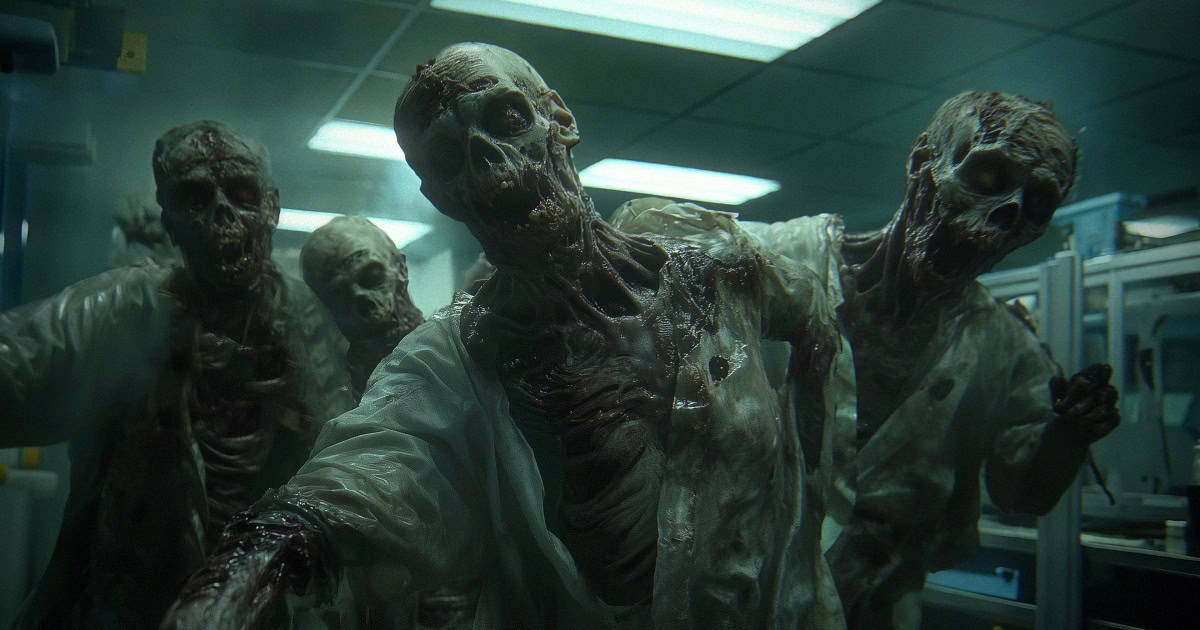While the Indiana Jones film took advantage of the mystical look of the location in Petra, a new revelation has now come to light.

Life imitates art as the location used for the Temple of the Holy Grail in the 1989 Steven Spielberg film Indiana Jones and the Last Crusade, starring Harrison Ford, has an amazing secret that’s been recently uncovered. The location of the fictional temple is a stunning building that is carved into a sandstone cliff called The Treasury, which is located in Petra, Jordan. Archeologists have long attempted to find a conclusive answer of what the building was used for. However, a popular theory is that it was a mausoleum that was built for the final resting place of an important ruler during its era.
According to The Washington Post, a group of researchers had recently discovered “a chamber buried underneath the Treasury, also known as al-Khazneh, that contains the remains of 12 people and other items they say could finally reveal the structure’s secrets and shed some light on the origins of Petra.” Back in 1985, this location had been designated a UNESCO World Heritage site. The leader of the dig, Pearce Paul Creasman, executive director of the American Center of Research, would state, “This work will shed light on The Treasury itself, particularly its construction and date. The material recovered from our excavation has great potential to inform us about the early history of Petra and, possibly, the origins of the Nabataeans, too.”



Josh Gates, the host of the Warner Bros. television series Expedition Unknown, would cover the story of this discovery in a two-part episode last week. Gates said in a statement, “We were absolutely stunned by the revelation of this hidden chamber. Since nearly all of the tombs at Petra have been found empty, this is perhaps the most significant tomb ever found at Petra and a discovery of historic proportions. The breakthrough could not only reveal the secrets of The Treasury above, it could also offer an extraordinary glimpse into the lives of the early Nabataeans who built Petra.” Creasman is confident this opens up opportunities of learning about how the citizens of Petra lived and thrived in this geographical area, “Today, Petra, the Rose City, is parched, but it was once a comparatively lush place. I am hopeful we can learn from the past and use it to improve our collective future.”
About the Author
Originally published at https://www.joblo.com/indiana-jones-and-the-last-crusade-temple/



